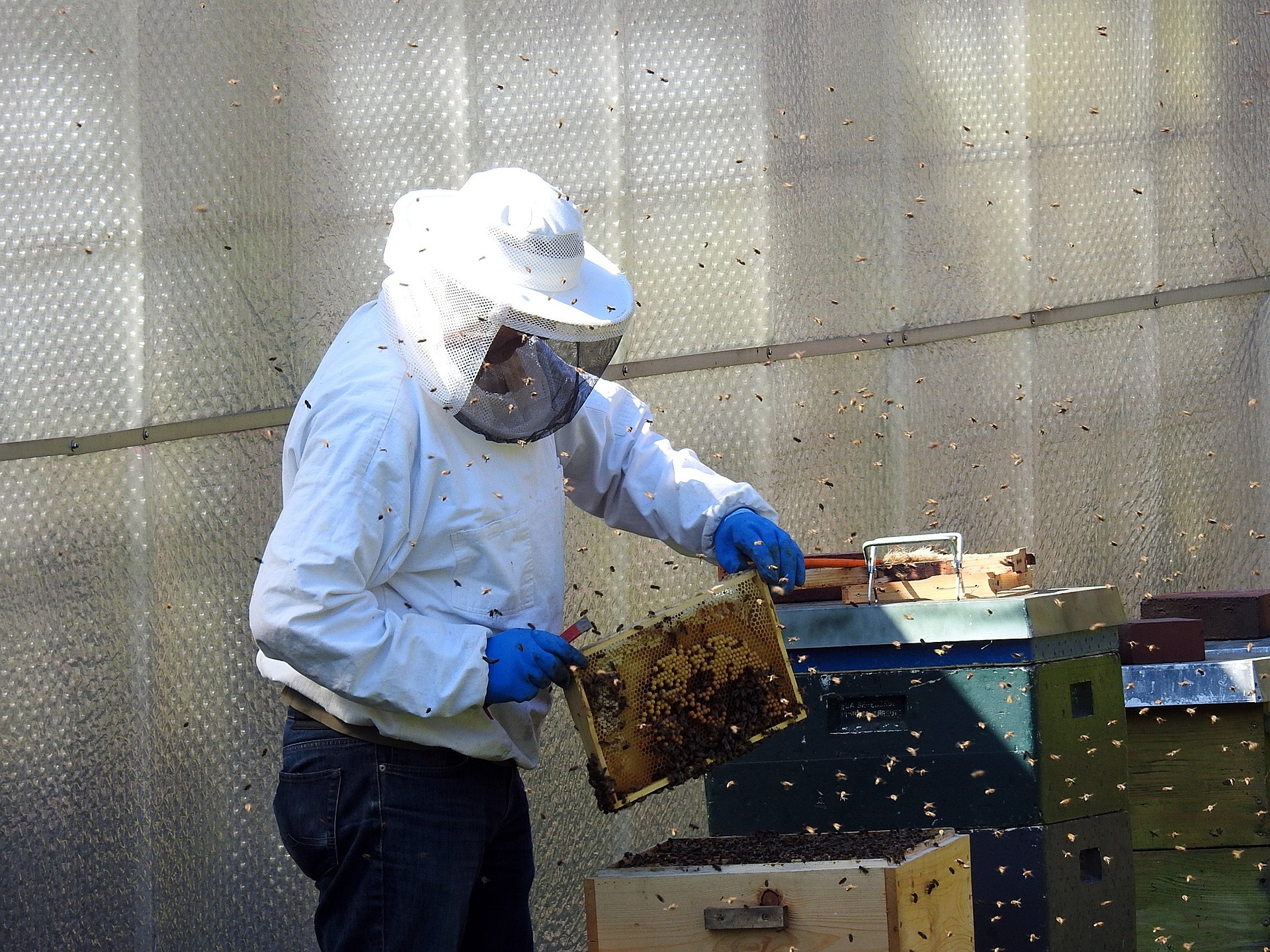Decoding the Dance: The Intricate World of Bee Communication
Bees. Small in size but large in impact, they are vital pollinators for our planet's ecosystem. Beyond their role in maintaining biodiversity, bees display an extraordinary form of communication that's been a subject of fascination among scientists and animal enthusiasts alike. This article will delve into the captivating world of bee communication, highlighting its historical study, recent updates, and potential implications for the environment and our understanding of animal behavior.

The Historical Buzz: The Study of Bee Communication
The study of bee communication dates back to ancient times, where Aristotle first documented their behavior. However, it was not until the 20th century when Austrian zoologist Karl von Frisch decoded the meaning behind their ‘waggle dance.’ He discovered that bees communicate the location of food sources to their hive-mates through this intricate dance, earning him a Nobel Prize in 1973.
The Waggle Dance: A Ballet of Information
The waggle dance is a mesmerizing spectacle. A bee will perform a figure-eight dance, varying the angle, duration, and intensity of the dance to convey the distance, direction, and quality of a food source. For instance, the angle of the dance communicates the direction of the food relative to the sun, and the duration indicates the distance.
The Buzz of the Hour: Recent Developments in Bee Communication
The study of bee communication has not stopped with the waggle dance. Recent research has uncovered other forms of interaction, such as the ‘stop signal.’ This short, vibrational pulse is used by bees to inhibit waggle dances, suggesting a complex decision-making process within the hive. Such findings indicate that bee communication is more nuanced than previously thought.
The Market Impact: Bee Communication and Human Society
Understanding bee communication has far-reaching implications. In agriculture, insights into bee behavior can enhance pollination strategies, thereby improving crop yield and food security. Meanwhile, in the tech industry, algorithms based on bee communication are being developed to optimize network communication. While it is difficult to estimate the exact market value of these applications, the potential is undeniable.
The Bee-yond: Future Perspectives and Conclusion
As we continue to unravel the secrets of bee communication, we gain not only a deeper understanding of these fascinating creatures but also a greater appreciation for the complexity of the natural world. It is a testament to the intricate balance of life, where even the smallest of dances can have a significant impact.
In conclusion, bee communication is a captivating topic that transcends the scientific realm, touching aspects of agriculture, technology, and environmental conservation. Its study illuminates the profound interconnectedness of life, reminding us of the importance of preserving our planet’s biodiversity. The dance of the bees, it seems, is a dance of life itself.




